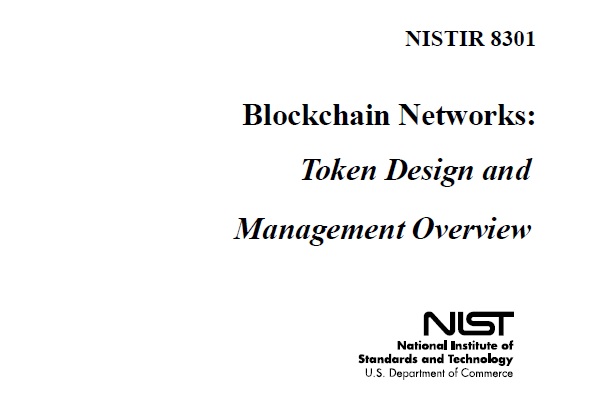REPORTS
Blockchain Networks: Token Design and Management Overview
Executive Summary
Traditional data and operations management across organizations and on the web can involve inefficient transaction reconciliation between siloed databases, password fatigue, and single points of failure. This can lead to massive data leaks and abusive data collection for users and businesses.
Blockchain technology has enabled a new software paradigm for managing digital ownership in partial- or zero-trust environments. It uses tokens to conduct transactions, exchange verifiable data, and achieve coordination across organizations and on the web. Fundamental to this representation is that users can independently control token custody in digital wallets through public-key cryptography and interact with one another in a peer-to-peer manner. Blockchain networks provide secure transaction reconciliation, linkage, and storage in consolidated, integrity-protected distributed ledgers. They form mutually operated record-keeping execution environments, or virtual machines, for smart contracts, which are built with application-specific instruction sets or general-purpose programming languages.
These environments make it possible to issue programmable digital assets or tokens, the ownership of which is cryptographically verifiable, and to develop services to help manage them. Tokens are either native to a blockchain protocol or deployed on top of an existing blockchain protocol via user-generated logic at the smart contract layer. Fungible tokens are meant to be completely interchangeable, serving as digital coins and enabling payment systems. They are primarily used to build incentive and governance models for permissionless peer-to-peer networks, represent existing fungible assets, or derive financial instruments. On the other hand, tokens associated with unique identifiers are meant to uniquely identify things or data. They can be implemented on-chain (i.e., nonfungible tokens) or as self-contained tokens that use blockchain-based storage for status updates. Self-contained tokens enable authentication and authorization methods that can provide additional features for blockchain-based tokens or help build identity or supply chain management systems. These two types of uniquely identifiable tokens can either be native to a blockchain-based protocol or represent existing assets (e.g., physical objects).
Open standards for token data models have been developed that specify operations at the protocol level for token creation and supply/lifecycle management and at the account level for individual token transfers. These models have different capabilities and scopes, which additional token management protocols can complement while allowing for separation of concerns.
Users can securely store the private keys associated with the accounts that hold their tokens in their own wallets or entrust key storage to third-party custodians independent of token issuers. Smart contract vaults can serve as proxies and enable tailored account management models with additional security and recovery features while externally maintaining persistent blockchain addresses.
Download the report to find more.
SHARE:

About the Provider






